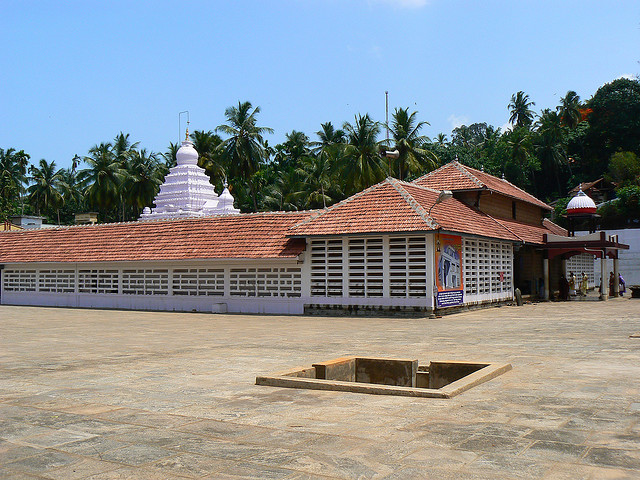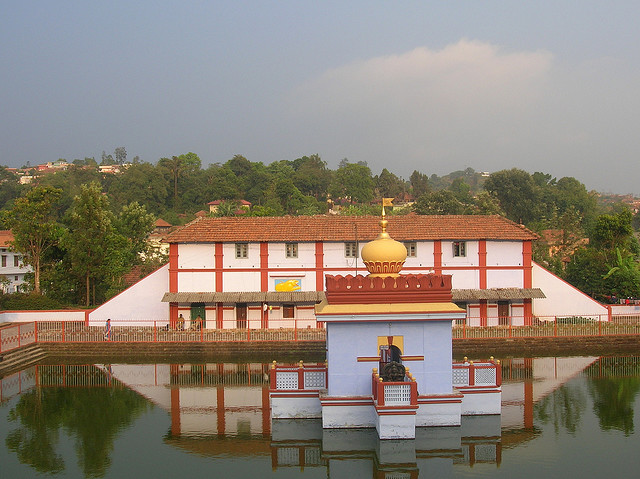Milagres Church
Milagres Church is an ancient church located 7 km from Udupi. It witnessed the assault of a raid by Tipu Sultan. Church of Our Lady of Miracles, renowned as Milagres Church, is a central attraction in Mangalore. Bishop Thomas de Castro, a Theatine priest of Salcette, solemnly constructed it in 1680. It is believed that the soldiers of Tipu Sultan once destroyed some parts of the church - the stones were used by Tipu to build the Idgah on Lighthouse Hill.


